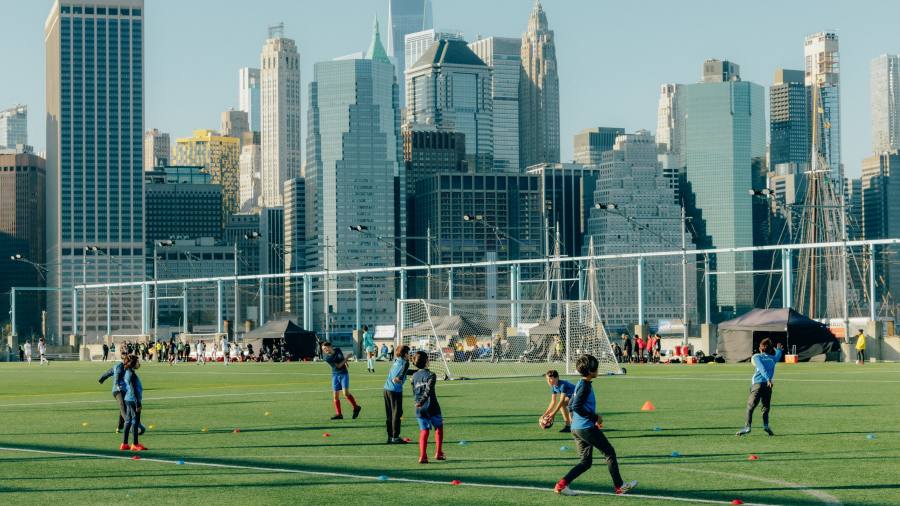
I first heard of the French Football Academy in New York the same way that Doris Josovitz did, through a friend whose children play youth football in the city. The sport is as much a fixture of stylish Brooklyn Heights as cobblestoned streets and Sahadi tote bags. Almost everyone knows someone who plays.
No wonder, for if you take the short walk west on Joralemon Street, past the sherbet-coloured town houses into Brooklyn Bridge Park, you will arrive upon one of the most breathtaking football pitches in the world: the fields at Pier 5.
Set atop the East River, with the glass-and-steel skyline of lower Manhattan looming over the turf, and views of the Statue of Liberty and New York harbour, the pristine pitches are usually booked full with football clubs and the odd lacrosse practice. There are primary schoolers right up to young professionals. City permits for the privilege to play here, I’m told, are in high demand, but the Academy has at least one practice per week on the pier, which is where I meet Josovitz’s son Rasmus and his teammates.
Ras can’t quite remember when he first got into football. That’s ancient history now that he’s 11. In his free time, he plays Fifa video games and loves studying and sharing fun facts about the sport. (“Did you know the manager can get sent off?”) His favourite player is Lionel Messi, and he still supports Barcelona even though Messi doesn’t play for them any more.
A deft dribbler, Ras also spends hours watching highlights on YouTube. “I like watching games to figure out how much time players spend on each possession,” he told me one recent afternoon when a tummy ache kept him from practising with his friends. “I can feel how hard it is for the players to keep the ball.”
Recently, he has been working on other skills. Ras plays in central midfield for the NYC academy licensed by the French Football Federation, governing body of the game in France, the current world champions. Passing skills are one of the key things the programme teaches kids who dream of becoming Brooklyn’s answer to Paul Pogba or Kylian Mbappé.
Ras isn’t French. He doesn’t attend French schools or take French classes. In fact, when he travelled with the club last summer to INF Clairefontaine, the world-famous youth academy outside Paris, he asked his teammates to translate instructions for him. “I don’t know how to pronounce where we went,” he said. But he perked up when he recalled seeing members of the French national team, which also has its base at Clairefontaine, eating in the same canteen.
In many ways, he’s a prototypical New York City kid, at least as far as city kids go: his parents both work in creative fields, and he lives with them and his older sister in Crown Heights, Brooklyn, after a brief pandemic-induced diversion to the Hudson Valley in upstate New York. The story of how he came to play soccer, as the Americans call it, for a youth team affiliated with the French flag is one of chance and transatlantic marketing.
The Fédération Française de Football has been identifying up-and-coming stars since 1930, when it held its first Young Footballer competition. But it was in 1988, when it opened the Clairefontaine centre of excellence 50km southwest of Paris, that it set the benchmark for developing young talent. Twelve years later France were both World and European champions and everyone else wanted to know how they could do the same thing. Triumph at the 2018 World Cup cemented France’s reputation as an elite finishing school for young talent. The US is the perfect place to profit from that reputation.
The technical director of the FFF Academy NYC is Zohair Ghenania, a former semi-professional player in France. Ghenania had previously managed a New York City youth football club in partnership with France’s top club team, PSG. But in January 2019 he talked to the Paris-based FFF about the idea of capitalising on the country’s World Cup victory. “When you look at the history of soccer [in the US], it’s a brand new sport,” says Ghenania. “And since it’s a new sport, you have a lot of foreign coaches trying to take advantage. They say, OK, the Americans haven’t mastered soccer yet. I created this club because I wanted to have a different approach.”
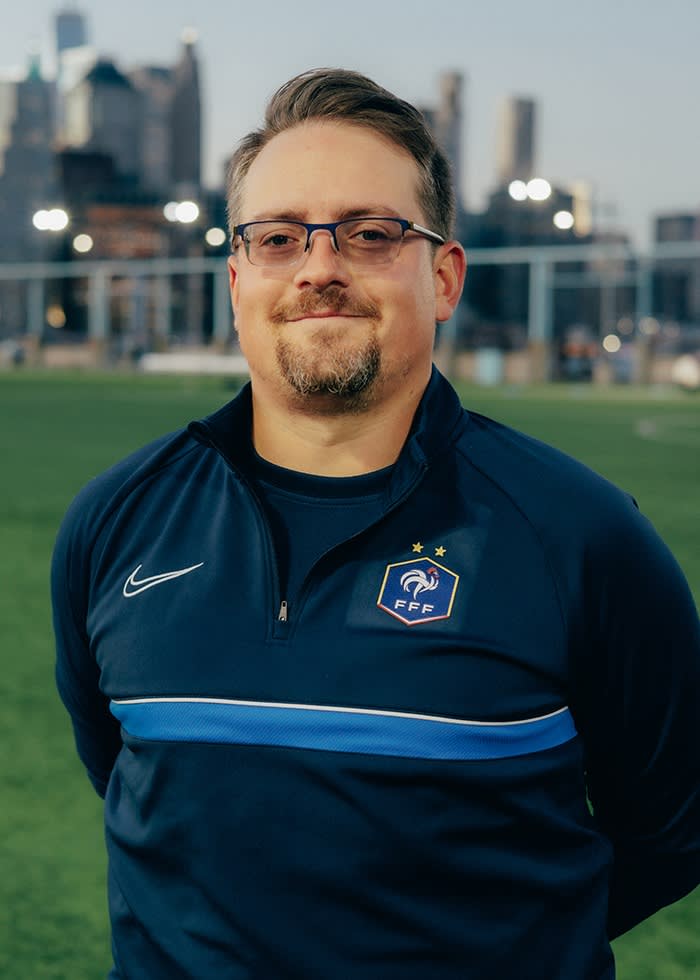
The US, which will host the next World Cup in 2026 along with Canada and Mexico, remains the largest western growth market for football. According to the Sports & Fitness Industry Association, soccer participation among American kids aged six and over grew more than any other team sport except basketball during the pandemic. In New York, parents are willing to pay thousands of dollars a season to play in a system which makes up in competitiveness and ambition what it lacks in organisation and public facilities.
At the NYC branch of the French academy, training is based around a set of principles devised by Jean-Claude Lafargue, former head of Clairefontaine. “Learn about the secrets of the French football factory and elevate your game,” promises a video on its website. Learning these secrets does not come cheap. As Ghenania points out, Paris offers the academy its pedagogy, coaching and instructional support, as well as summer trips to its headquarters, but no funding. “We fund ourselves with tuitions and sponsors.” Enrolling a child at FFF Academy in the under-11 group costs nearly $3,000 for practices and matches, per season; kits and travel, often to far-flung boroughs, are not included.
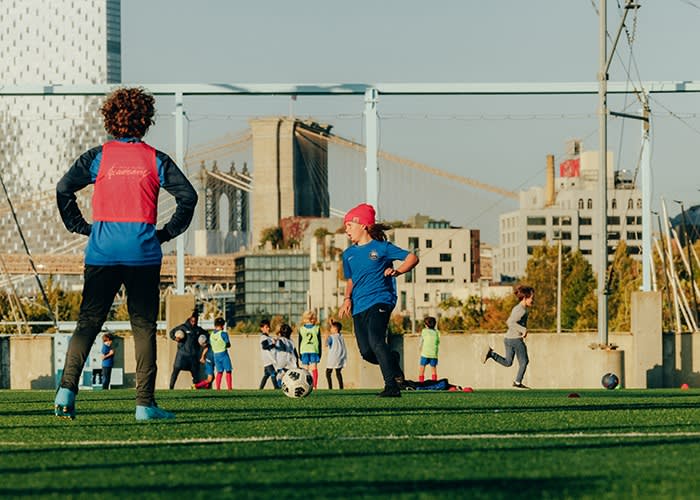
Parents of kids in the FFF programme equivocate about what they want out of it — it’s really up to the child, they say — but for Ras and his teammates, there’s no question: they want to go pro. A sizeable portion of Ras’s teammates attend a local French dual-language school or are of French descent, like Achille Gerard, a wiry and precocious forward who, when I ask what he likes about playing for the club, points to the FFF insignia on his kit. “These two stars” — one for each of France’s World Cup triumphs — “represent how much we win.” (While we are talking, he pushes aside attempts by his mother to take photos of his big media moment: “Arrêt, maman!” he cries.)
For the non-French contingent, the dazzle of World Cup trophies is only one selling point among a host of busy-Brooklyn-parenting priorities: are the practices convenient? Does my child have friends on the team? Is the training competitive enough?
Josovitz says that at his previous clubs, both in the city and upstate, they’d noticed Ras was running circles around other kids. “He dribbled through everyone,” she says with a laugh. “At one point they put him at goalie and he still tried to score from there, which was not great.” She enrolled Ras at the FFF Academy when she heard from a friend that it offered a more competitive training environment. Also, crucially for her and husband Josh Farley, playing for FFF “won’t completely take over our weekends”. They try to let Ras guide his young footballing career.
Ras is part of the Brooklyn under-11 team, which trains at least twice a week with matches on the weekends. One practice is at Pier 5 and another is four miles away at the Parade Ground fields south of Prospect Park, while fixtures can take place from Brooklyn to Manhattan to the far reaches of Queens, depending on which club they may be facing. It’s a hell of a schlep.
The team is coached by Charles Millet, born in France but raised in the US. When I first meet him for a Thursday-night practice he launches into a charming tirade against the American tradition, such as it is, in football. “There is a lot more diversity in the sport here now, but for years the Americans had this kick-and-rush philosophy,” he says between setting up mini-cones on the pitch for the boys’ first skills session. The workout for that night is “soccer tennis”, a one-on-one skills challenge whereby the kids practise their footwork and passing.
“Other countries would look at the Americans and say, ‘you know, they might not be the best technically but they run like horses for 90 minutes’,” Millet continues. As a counter to that style, the FFF Academy emphasises teaching kids “to think on their feet”, encouraging them to make short passes and focus on possession, something of a challenge for players like Ras who have come from parent-coached youth programmes.
Josovitz says that there’s no universal resource or manual explaining how to find the right youth club for your budding Mbappé in New York City. “Maybe someone should do that,” she says, suddenly self-aware. “They could make a lot of money with it.”
In many countries there is an entrenched history of local clubs serving as community training groups, but American soccer largely flourishes as a fragmented, mostly privatised industry. Selecting the right club for a child is more or less up to the parents, and it’s not unusual for kids to bounce around from programme to programme to find the right fit. Jim Di Liberto, whose sons, JD, 11, and Will, 9, are also at the FFF Academy, describes the youth soccer scene as “absolute chaos”. “We’ve had a case where we tried to recruit a friend of JD’s to come to FFF. We heard some rumblings he was unhappy with his current club and so we were like, ‘we’re more competitive, come play with us’.”
Another parent, whose child does not play for FFF and asked to remain anonymous, put it more bluntly: when they became dissatisfied with the coaching at their previous youth club, they defected to another programme and recruited a good chunk of their son’s teammates to join. “My spite soccer team is THRIVING,” they texted me, with “so many players they now have A and B teams.”
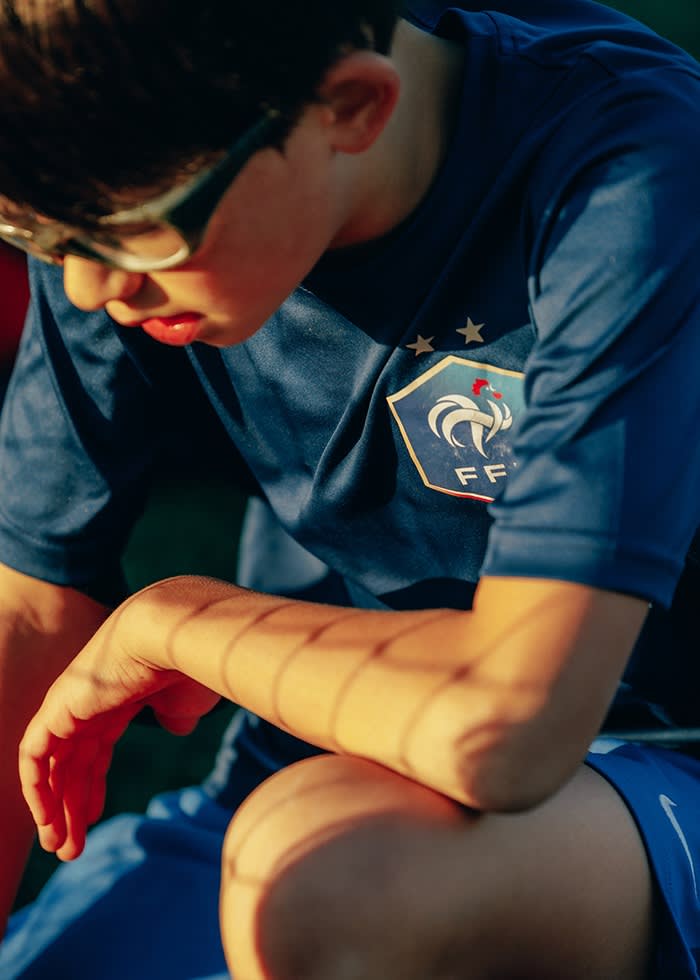
While some adults might revel in the drama, the system of haves and have-nots has repercussions for the game’s long-term development. One of the highest-profile critiques came from the Swedish football star Zlatan Ibrahimovic, who played two seasons in the US pro league. Complaining that the high-cost youth model would shut good players out, he said: “I dislike it very much because not everyone has the money needed. The sport should be something for everyone, because it unites people of whatever origin. Pelé became a champion without anything, he played with a ball made of rags.”
Those closely involved in the US game also have concerns. Fred Lipka is vice-president of player and youth development at Major League Soccer, the top-flight US professional league. He is a Frenchman who helped pioneer an instructional programme between the FFF and MLS for youth coaches, but he’s sceptical of the business model of the for-profit youth football club scene, which trades on marketing affiliations.
“I’m not telling you they’re doing a bad job,” he says. “My point is, is this model the best for [kids]? Do you need to go to a foreign academy to have access to a good education? I don’t think so. Because you’re not going to play for France unless you have French citizenship”.
One recent Saturday I followed les petits Bleus to an away game at Fort Tilden park, a distant stretch of the Rockaways in Queens virtually inaccessible by public transit and close enough to John F Kennedy Airport that the underbellies of planes are perfectly legible as they take off. It’s a far cry from Pier 5: the grass pitch, pockmarked with divots, is still slick with morning dew at 8.15am, when the team assembles a full 45 minutes before kick-off to complete a thorough warm-up. Their opponents arrive much later.
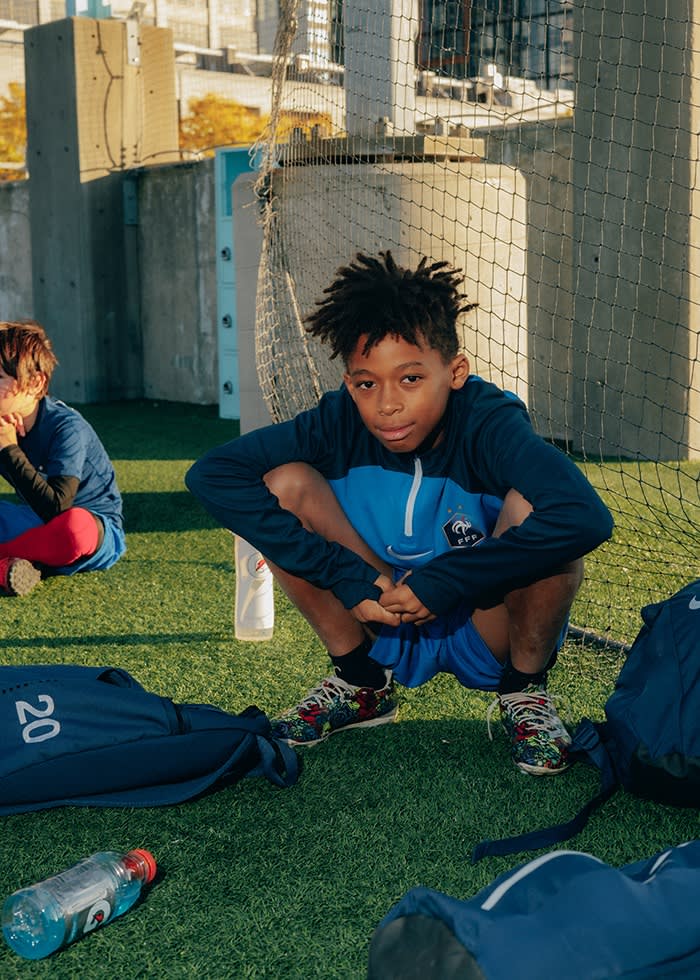
On the sidelines, Ras’s parents are joined by Di Liberto, whose son JD plays in goal, and Ryan Kim, father of Daan, a Korean-American midfielder. As the game kicks off, I notice that there is a lot of positive reinforcement for the FFF strategy: emphasis on playmaking, rather than scoring. Collaboration among teammates. Maintaining possession. For the first half, the strategy holds — it’s 2-2 at the break. But in the second half the opposition pulls ahead. The FFF kids’ faces fall, and Di Liberto sighs. “This is where it falls apart. They stop passing and everyone becomes their own hero.” Josovitz offers him her sympathies. “I could never be a goalie mom,” she says. “That’s way too much pressure.”
Despite a goal from Daan, and an assist from Ras, the match finishes in a 6-4 defeat for the French academy and before the team reunites with their parents, the boys follow Coach Charles to a remote spot under a tree on the far side of the field for what appears to be a serious debrief. The kids huddle intently round their French coach and listen.
Sara Germano is the FT’s US sports business correspondent
Follow @FTMag on Twitter to find out about our latest stories first